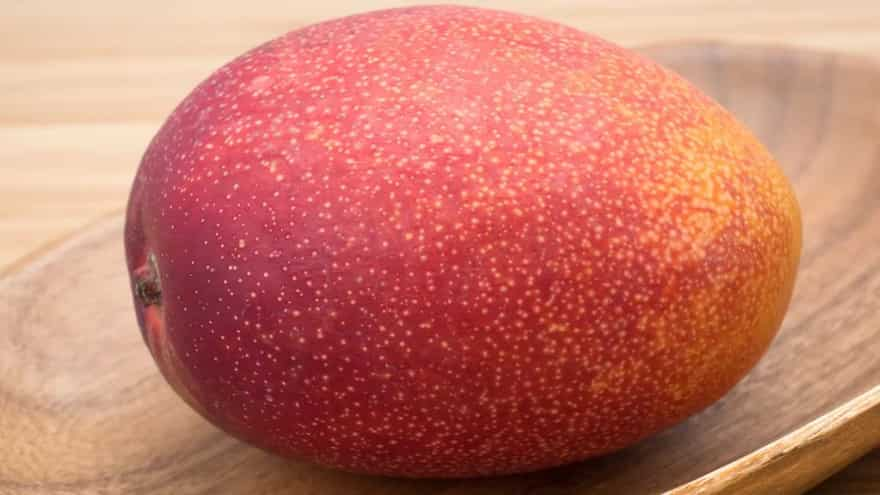Mangoes hold a special place in the hearts of many across the world, but their significance in India is unparalleled. Known as the "king of fruits" in the country, mangoes are celebrated for their rich flavours, succulent texture, and enticing aroma. Among the myriad varieties available, one particular type has captured the attention of mango enthusiasts and connoisseurs alike—the Miyazaki Mango. These rare fruits priced around 2.75 lakh per kg were recently showcased at the 7th edition of the Mango Festival in Siliguri, West Bengal and they immediately became a point of fascination for everyone attending.
These extraordinary fruits hail from the Miyazaki Prefecture in Japan and have gained a reputation for their exceptional taste and exorbitant price tag. But what makes Miyazaki Mangoes so expensive?
The Miyazaki Mangoes owe their unique characteristics to the fertile soils and ideal climatic conditions of their origin. Located on the southern island of Kyushu, the Miyazaki Prefecture experiences a temperate climate with ample sunshine, high humidity, and well-drained volcanic soil. These factors contribute to the growth of mangoes with intense flavours, vibrant colours, and an exquisite balance of sweetness and acidity.
But what sets the Japanese Miyazaki Mangoes apart from other varieties is their meticulous cultivation process. Farmers in Miyazaki employ stringent practices to ensure the highest quality fruit. Each mango is carefully hand-pollinated, allowing for controlled cross-pollination and the development of superior genetic traits. Additionally, the fruits are pruned meticulously to optimise the size and shape, resulting in visually stunning mangoes with unparalleled taste.

The combination of exceptional taste, visual appeal, and limited supply is what drives the astronomical price tag attached to Miyazaki Mangoes. These fruits are luxury items, and their exclusivity contributes to their high demand and the corresponding cost. Moreover, the labour-intensive cultivation methods, hand-pollination, and precise pruning techniques add to the overall production costs, further inflating the price.
Miyazaki Mangoes have become highly sought after not only in Japan but also in various international markets, including India. The Indian population's deep-rooted love for mangoes, combined with their appreciation for exceptional quality, has made the Miyazaki Mangoes a coveted treat in the country. Despite their exorbitant price, mango aficionados in India are willing to indulge in these rare and exquisite fruits as a testament to their passion and devotion to the king of fruits.
But the domain of Miyazaki Mangoes is still expanding. Recently they have also been found growing on Indian soil as well. In Dubrajpur in the Birbhum district of West Bengal, a local farmer, Shoukat Hussein reportedly received the saplings from Bangladesh before planting them in the mosque compound two years ago. One of his Miyazaki mangoes was sold for a whopping Rs. 10,600.
In 2017, Sankalp Singh Parihar, a farmer from Jabalpur was sold an unknown mango seed on a train to Chennai, and when he took it home and grew it, he discovered it had the characteristic ruby red colour of the Miyazaki strain and quickly hired guards with watchdogs to keep this unexpected bounty safe. His hope is that it will become a commonplace mango in India and every home would be able to afford one.
Miyazaki Mangoes have found a special place among mango enthusiasts, capturing their hearts and taste buds with their unique charm. And while the Miyazaki Mango has earned its reputation as a symbol of luxury and gastronomic delight, it might one day become a more familiar name among the wide variety of mangoes in India.


